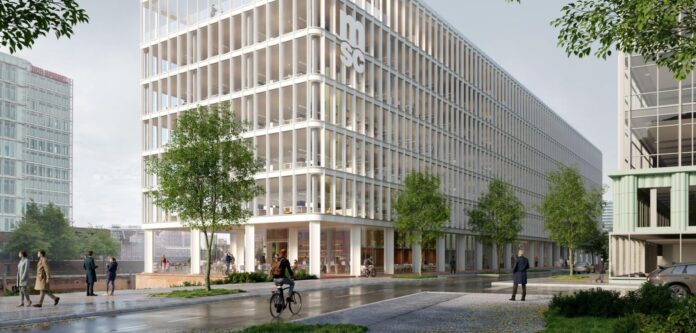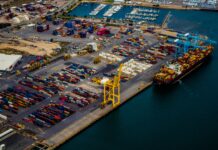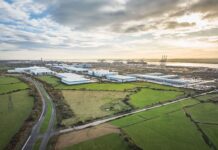
MSC has completed the architectural competition for its new German headquarters in Hamburg’s HafenCity. Frankfurt-based Wandel Lorch Götze Wach (WLGW) won the competition with an innovative design that was characterised by openness, lightness and sustainable building principles.
Dr Melanie Leonhard, Senator for Economic Affairs and Innovation of the Free and Hanseatic City of Hamburg, underlined the significance of the project: “MSC has a long-term commitment to the Port of Hamburg – the new German headquarters in HafenCity is a clear sign of this. The new headquarters strengthens Hamburg’s position as a leading German shipping location and the network of the maritime industry here.”
Franz-Josef Höing, Chief Planning Director of the Free and Hanseatic City of Hamburg, praised the building’s architectural integration: HafenCity is gaining a beautiful, elegant building. The building fits perfectly into the urban context, contours the water’s edge and forms a wonderful vantage point opposite the Deichtorhallen. It is an architecture that rewards a second look: precise, delicate and with a restaurant that appeals to the city.
Nils Kahn, Managing Director of MSC Germany, emphasised the strategic importance of the project: “Our new German headquarters will be a visible sign that we are continuing to significantly expand our commitment to Hamburg. The architecture fits perfectly into our company’s DNA: the combination of architecture and water symbolises our core business, international shipping. The modern and sustainable building creates an inspiring and healthy working environment for around 700 employees.”
The planned office building is located in the Am Lohsepark district of HafenCity, directly at Brooktorhafen, and will be partially built into the harbour basin. Construction is scheduled to start in 2026.
The light-coloured façade serves as solar protection and clearly structures the generous window fronts. Inside, modular workstations allow the office space to be easily adapted to the needs of the users. Plant areas and quiet zones promote productivity, while telephone booths, informal workstations and concentration zones with acoustic partitions are provided. Public areas such as a showroom and restaurant are planned for the ground floor.
The proposed design follows a holistic sustainability and energy concept that aims to meet the criteria of the DGNB Special Award for Environmental Labelling. The building consists of a solid base using recycled concrete and reclaimed clinker. A reversible heat pump is used for heating and cooling. Waste heat from the building is reused, while solar panels are also used.





